The EcoTheo Review is delighted to feature visual art from photographer Jon Leatherwood. His artist statement reminds us of the spontaneity of creative work, and the way in which spontaneity itself is the tug of nature’s instinct within the human soul.

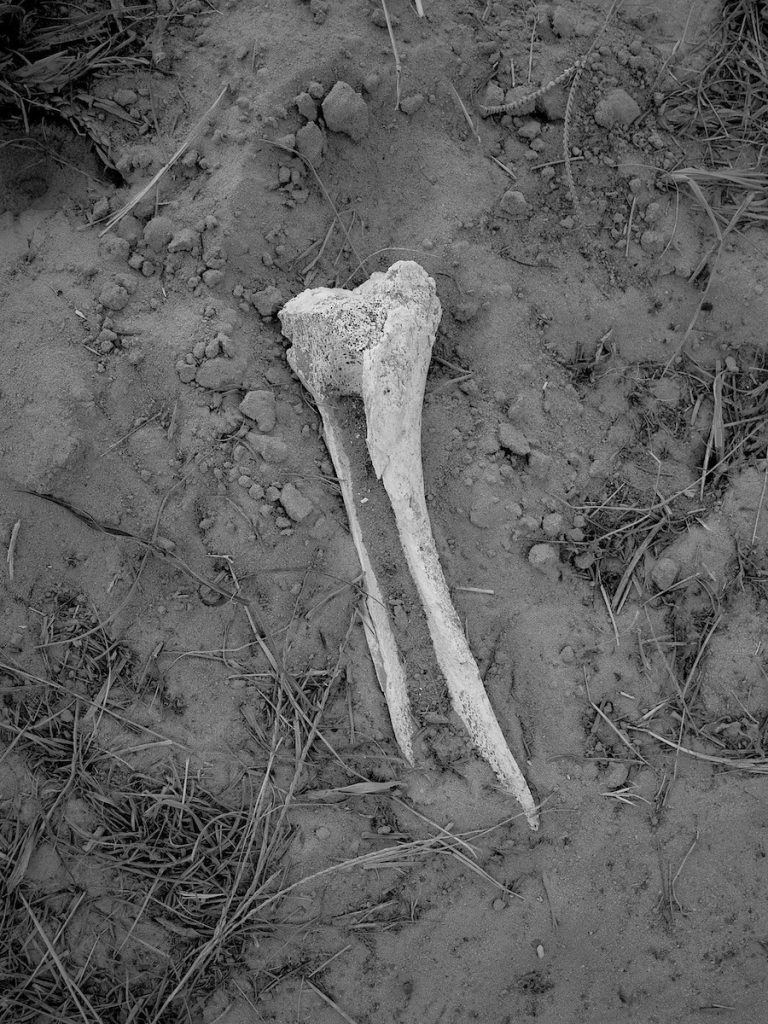
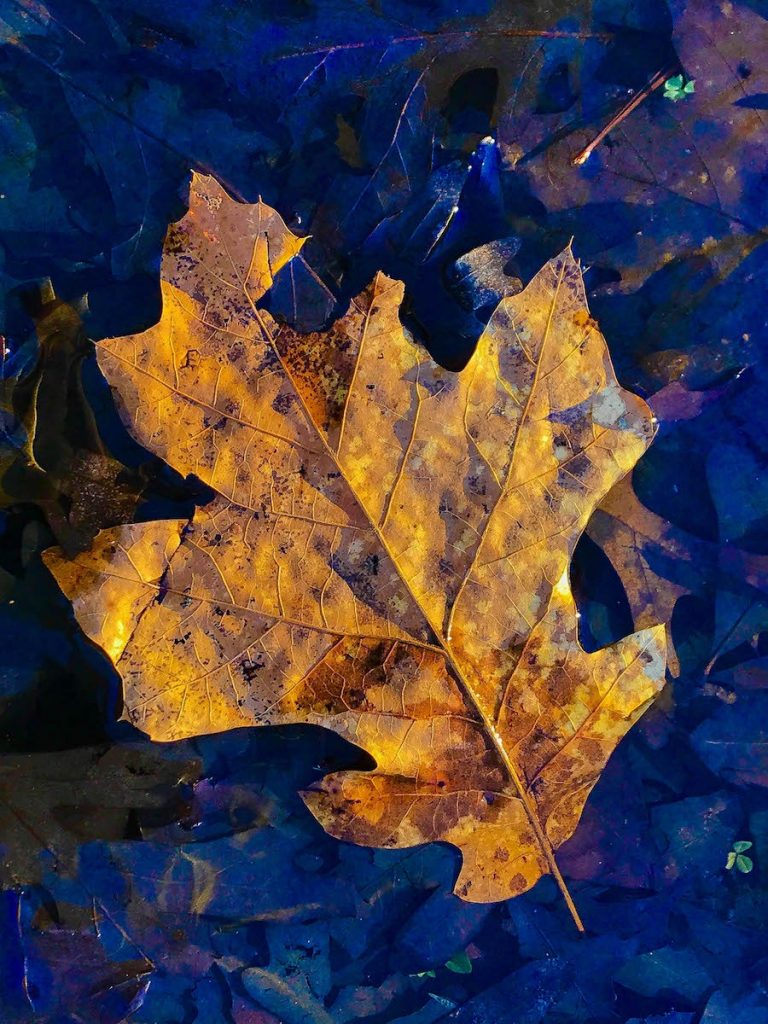

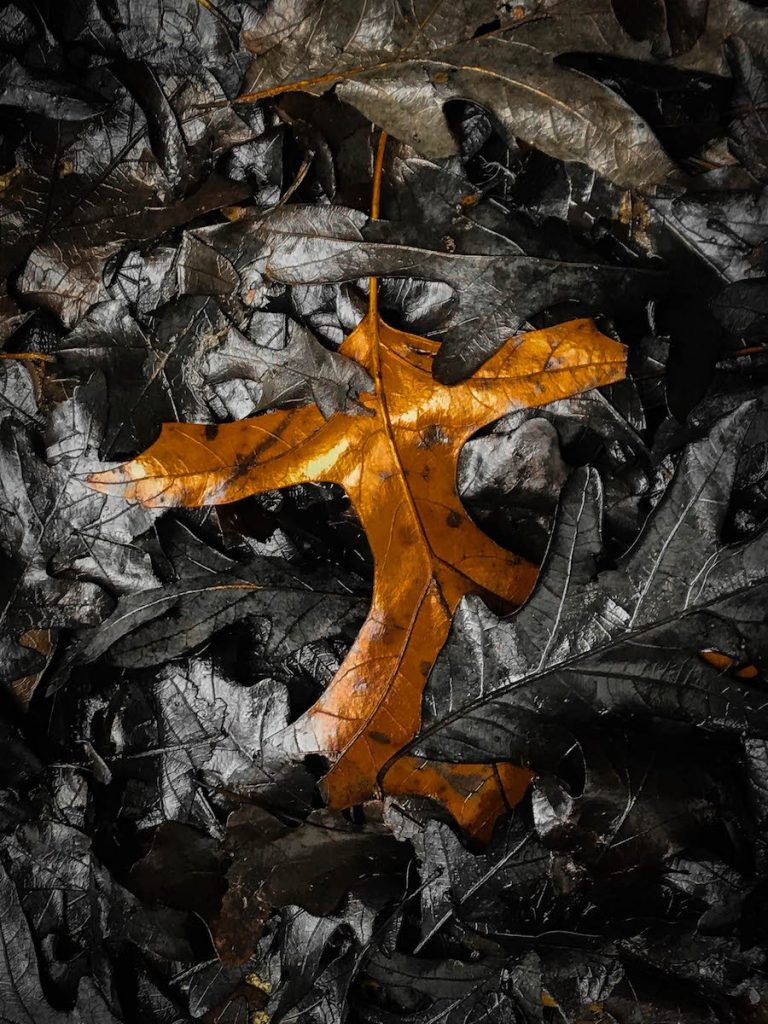
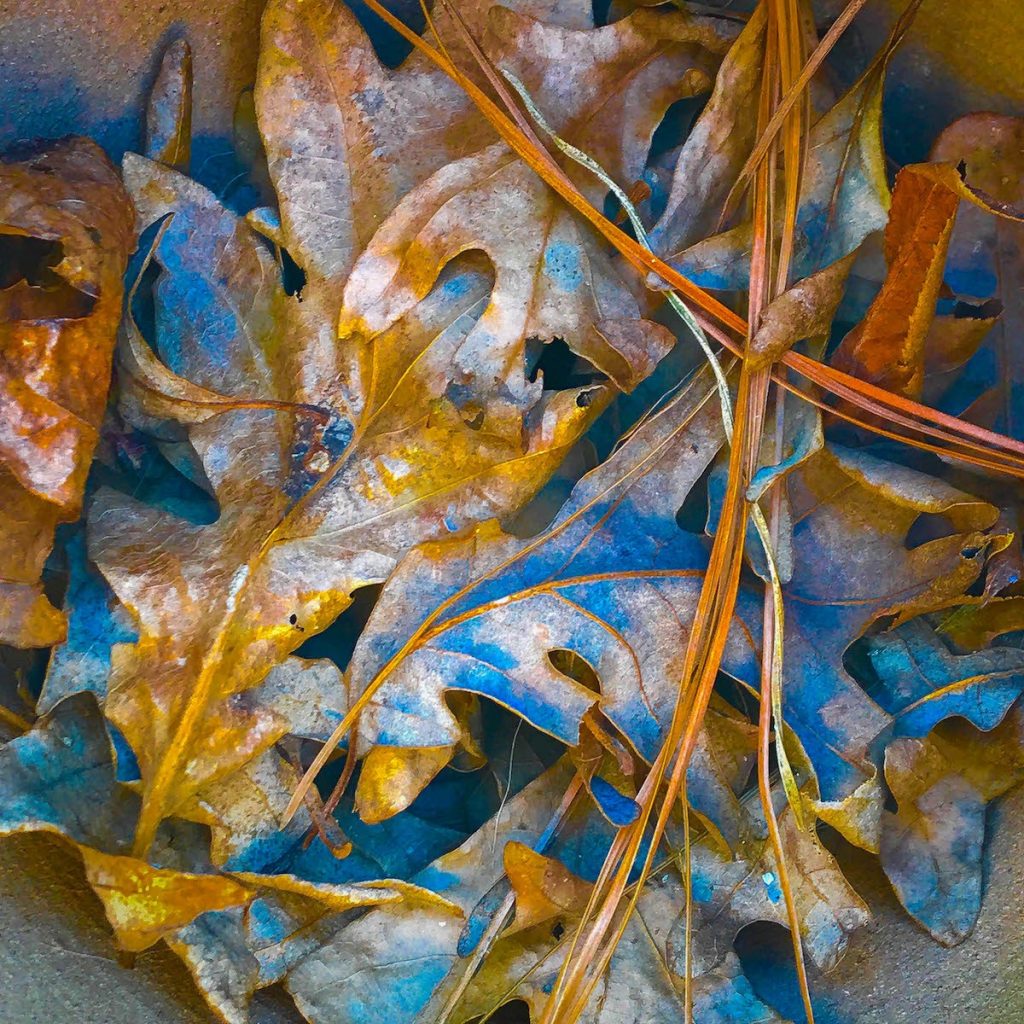
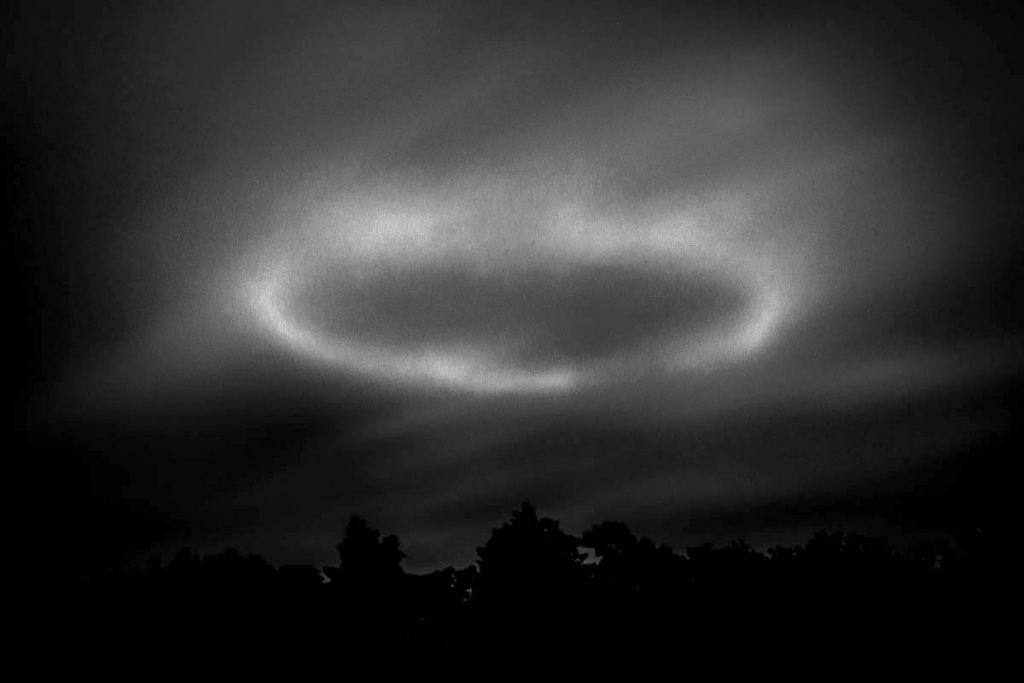
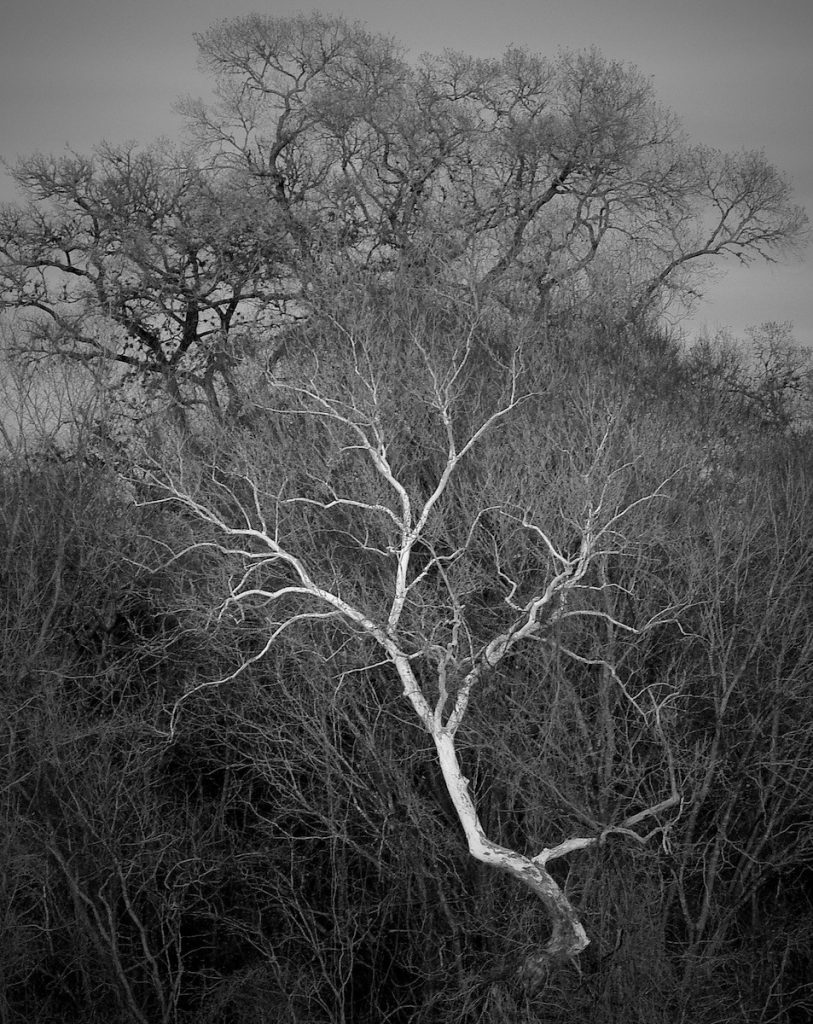

I think of the creative impulse as a reflexive act: a reaction to an impulse. No matter how much preparation goes into the work, the moment when the artist decides, commits, is compelled, to put brush to canvas, pen to paper (or in my case, pressing the shutter release) is a response schooled by preparation and training (formal or, just as importantly, informal… command of craft is vital, as is the understanding of what the masters of a given medium have produced). Continued work eventually seasons the artist’s impulses with their personal life experiences, forming a filter that colors their response.
I once asked the landscape photographer Larry Humphreys how he recognized an image that was worth capturing, when was it time to press the shutter, when to respond. His answer: “It’s like coming up from underwater … no one has to tell you when to breathe.” This is the same instinct that prompts a parent to comfort a crying
I once asked the landscape photographer Larry Humphreys how he recognized an image that was worth capturing, when was it time to press the shutter, when to respond. His answer: “It’s like coming up from underwater … no one has to tell you when to breathe.”
In my experience as an artist, the magic that happens is the realization of transcendence. A dead leaf on the ground, a burned forest, a parched bone, has the ability, in the hands of the artist, to transcend its own decomposition and become a new thing, a symbol, perhaps an icon. Death and resurrection is an immensely old human story, whether describing the lives of the gods or the first green shoots of new growth. Recognizing this metaphor in the world of Seeing is, for me, the joy of creative work.




